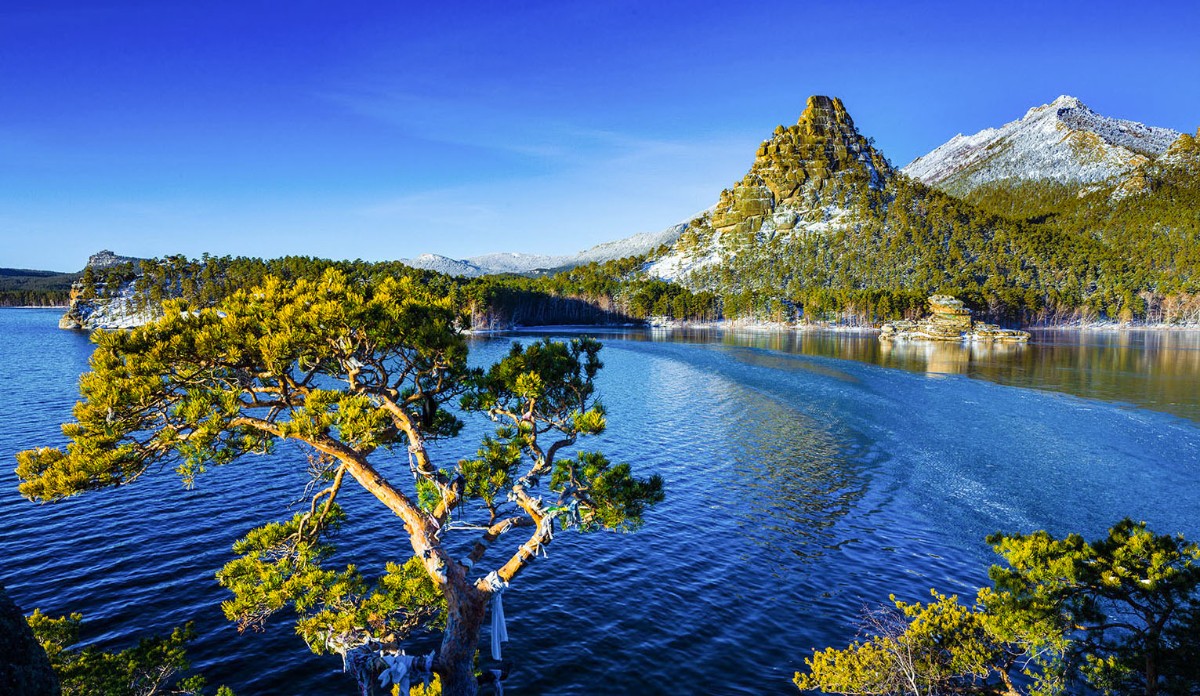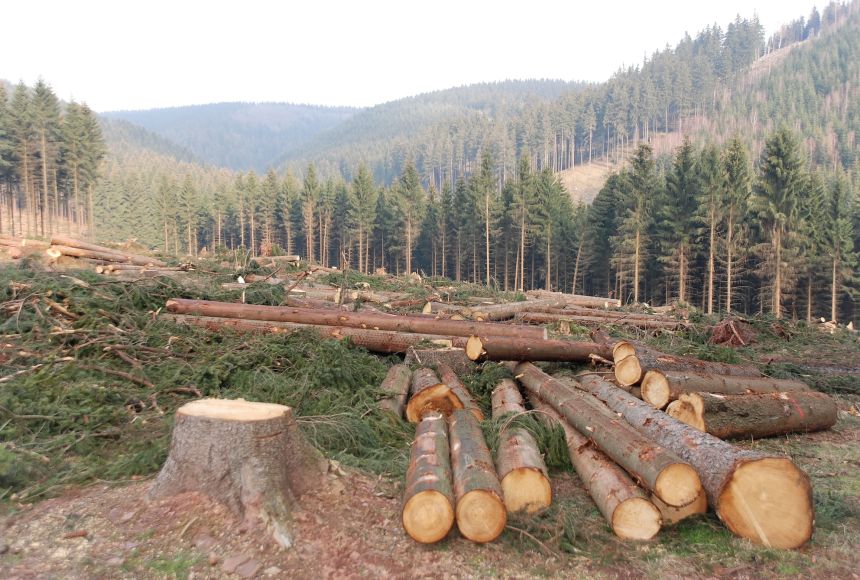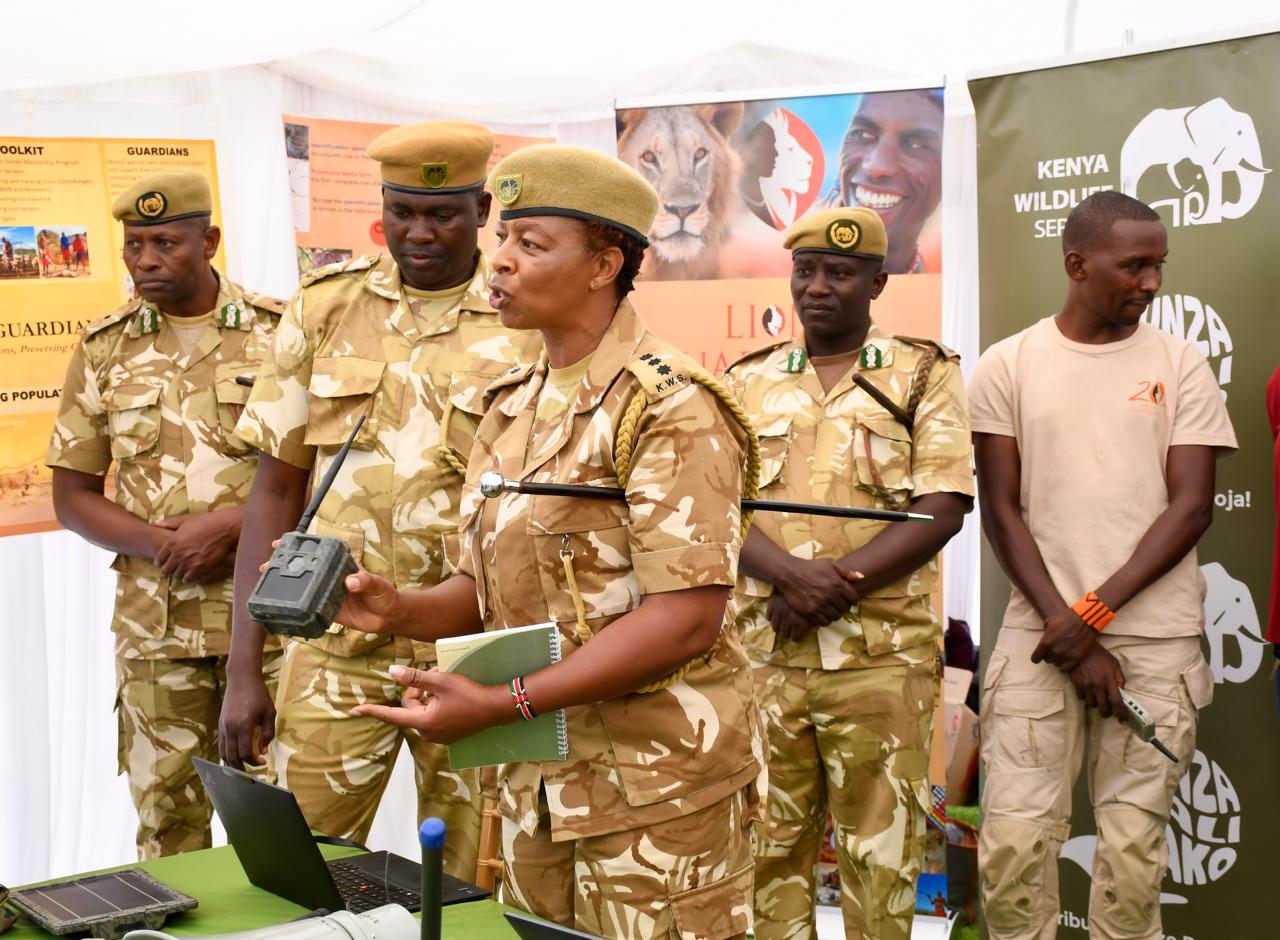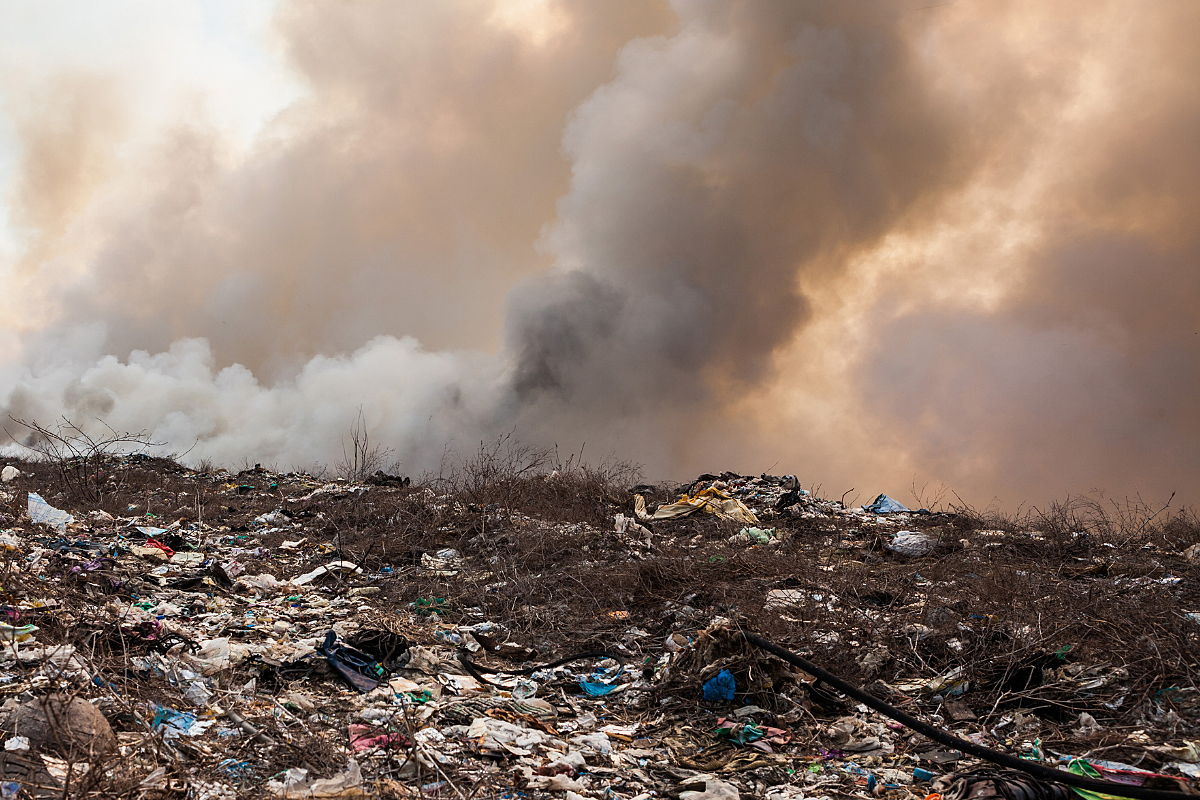- Every year on 3 November, people around the world take time to recognise the International Day for Biosphere Reserves.
- The day was established to raise awareness about why biosphere reserves matter and to highlight the benefits they bring to both nature and communities.
Every year on 3 November, people around the world take time to recognise the importance of natural areas where people live, work and learn alongside nature. This day is known as the International Day for Biosphere Reserves.
It reminds us that caring for the environment is not only about protecting forests and wildlife but also about creating places where communities can grow, ecosystems stay healthy and future generations can enjoy a better world.
Biosphere reserves are special areas chosen by the United Nations Educational, Scientific and Cultural Organization (UNESCO) through its Man and the Biosphere (MAB) Programme.
These areas are meant to achieve three main goals: protecting biodiversity, supporting communities to develop in a sustainable way and providing space for research, learning and monitoring the environment.
Simply put, a biosphere reserve is not just a protected park where people are kept away. It is a place where nature and people exist together.
UNESCO describes them as places for learning about sustainable development and as locations that show practical ways to use natural resources responsibly.
The World Network of Biosphere Reserves connects all these sites from different parts of the world. It includes areas from many types of ecosystems and spans millions of square kilometres in more than 130 countries.
Biosphere reserves are important because they help protect plants, animals and ecosystems. They also support activities like eco tourism and community farming and they give scientists and students a place to study the environment.
These reserves act as examples that the rest of the world can learn from when dealing with problems like climate change, loss of biodiversity, and damage to the environment.
In many countries, biosphere reserves prove that it is possible for people to meet their daily needs while still protecting the environment. One such example is the Malindi-Watamu Biosphere Reserve.
By involving local communities, governments and experts, these areas help improve livelihoods while also safeguarding natural resources.
UNESCO views the World Network of Biosphere Reserves as an important platform for international cooperation because it encourages countries to share knowledge and good practices.
The International Day for Biosphere Reserves was created in 2021 during UNESCO’s 41st General Conference through 41 C/Resolution 37.
The day was established to raise awareness about why biosphere reserves matter and to highlight the benefits they bring to both nature and communities. The first celebration was held in 2022.
Every year, the day is marked with a theme that focuses on issues such as biodiversity, sustainable development or the need to protect ecosystems.
In the end, the International Day for Biosphere Reserves reminds us how important it is to live in harmony with nature. Biosphere reserves show that development and conservation can work together.
They teach us that when people, knowledge and the environment are connected, a more hopeful and sustainable future is possible.
On 3 November and throughout the year, it is worthwhile to support and appreciate these important places where nature and human life exist side by side.






